This article is brought to you by StatBanana, the best Overwatch strategy tool.
Overwatch fans were thrilled with the announcement of a sequel at BlizzCon 2019. But they may not be as excited to know that Overwatch 2 is the reason why the shooter’s updates are going to dwindle, according to game director Jeff Kaplan.
Kaplan told Kotaku that Overwatch 2 was “100 percent the reason” why the cycle of updates in the original game came to a slower pace. The development team had to juggle bringing new content to Overwatch while simultaneously building its successor—and, naturally, the sequel received the lion’s share of the attention.
But that doesn’t mean that Overwatch will become a forgotten wasteland. Kaplan said that the game isn’t suffering a “slow death,” but admitted it’s been placed in a “temporary stasis.”
The first victims of this stagnation were seasonal events. The game director recalled having to scrape ideas for this year’s Halloween event because the team was focused on “the other thing.”
The lore-drenched Archives events were another collateral casualty. During a panel at BlizzCon, Kaplan announced that next year’s event will take place without the addition of a new story mission, which will be saved for the sequel—“the better storytelling experience,” as he called it.
Related: Fluidity and a burst of life: Our first impressions of Overwatch 2
Even in a momentary standstill, Overwatch won’t be deprived of content. Players will get the ability to choose what to do when queuing, including a specially-designed deathmatch mode. Seasonal events will still take place and bring new cosmetics, which will also get transferred into Overwatch 2. “There are still some cool updates coming, and we want to add new stuff,” Kaplan said at BlizzCon.
More importantly, it’d be nearly impossible to simply stop creating content for the original game altogether due to its integration with its successor.
Kaplan said that both installments will be updated with new heroes and maps at the same time and that eventually, both clients will converge into each other. Overwatch is also getting an engine overhaul to avoid giving a competitive edge to players running an optimized version of the engine.
There’s a deep symmetry between the two titles, which is fostered by a mentality of a shared player base. Overwatch 2 builds a communal multiplayer battleground while also injecting lore and PvE content into the already-existing structure.
The point behind the harmonious coexistence of both games is to “avoid fragmenting the player base,” according to Kaplan, and to create a shared multiplayer space. To do so, both games must walk hand in hand—or at least in a similar direction.
Overwatch 2’s release date is still a mystery, so it’s hard to estimate precisely how long the original game’s “temporary stasis” will last. The game has been described as being in early development and the team has to juggle both installments of the franchise. But Overwatch is still getting updates, even if they’re in a smaller volume.




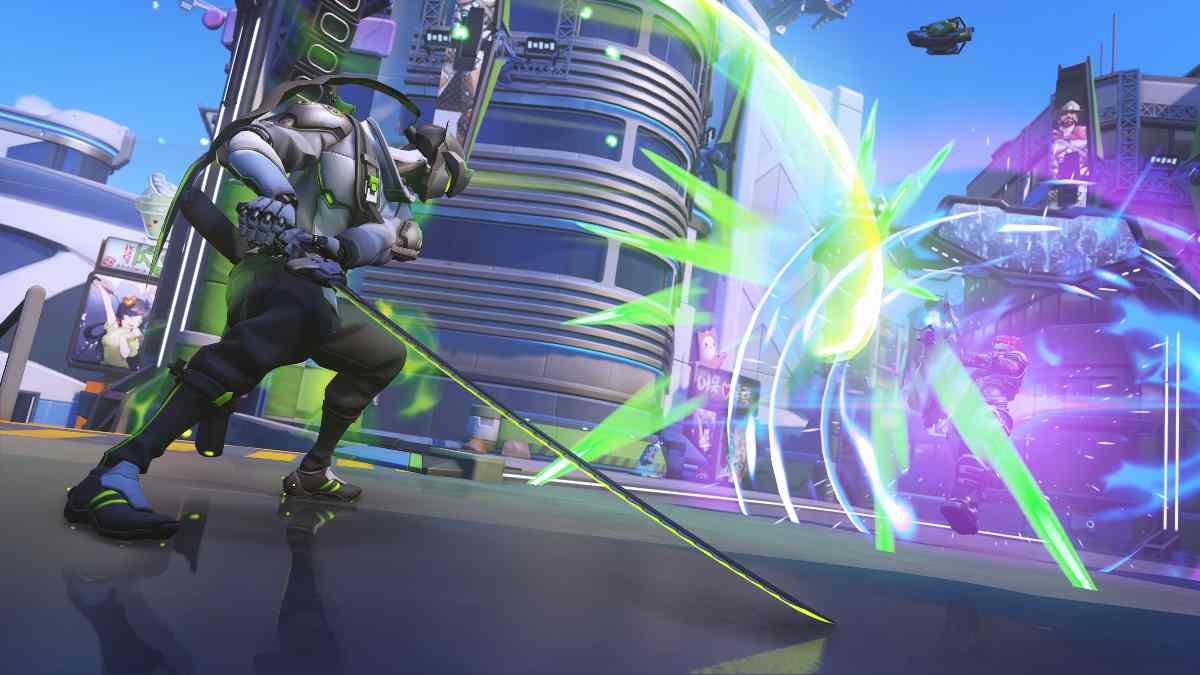
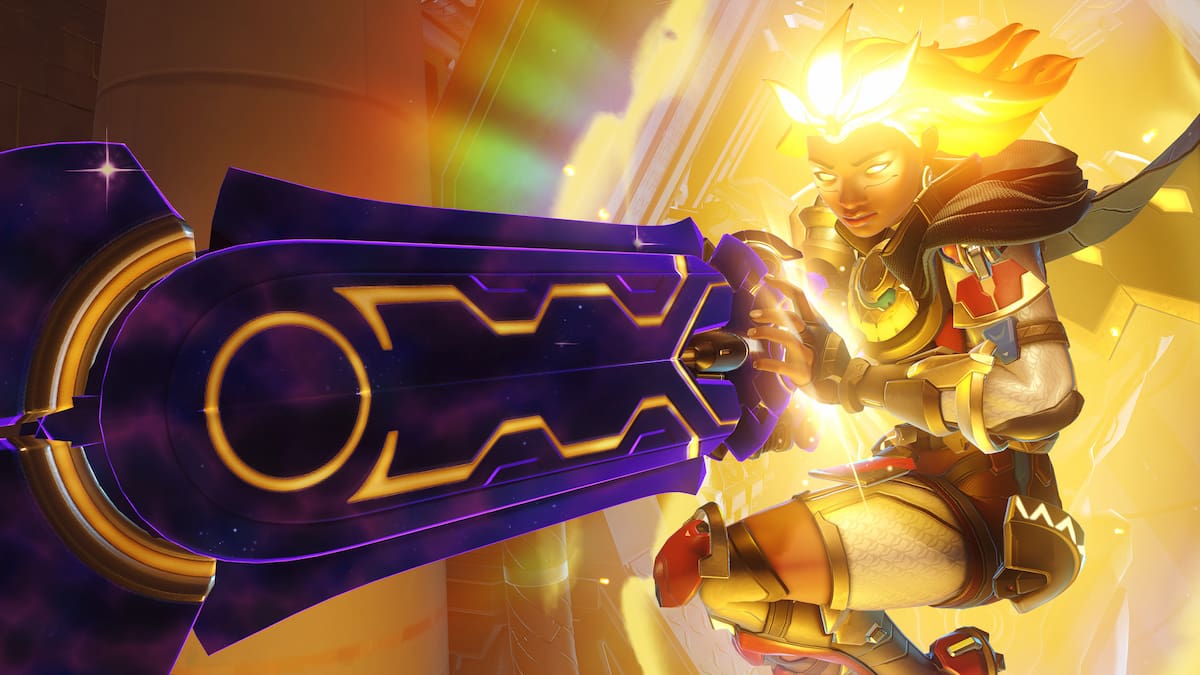
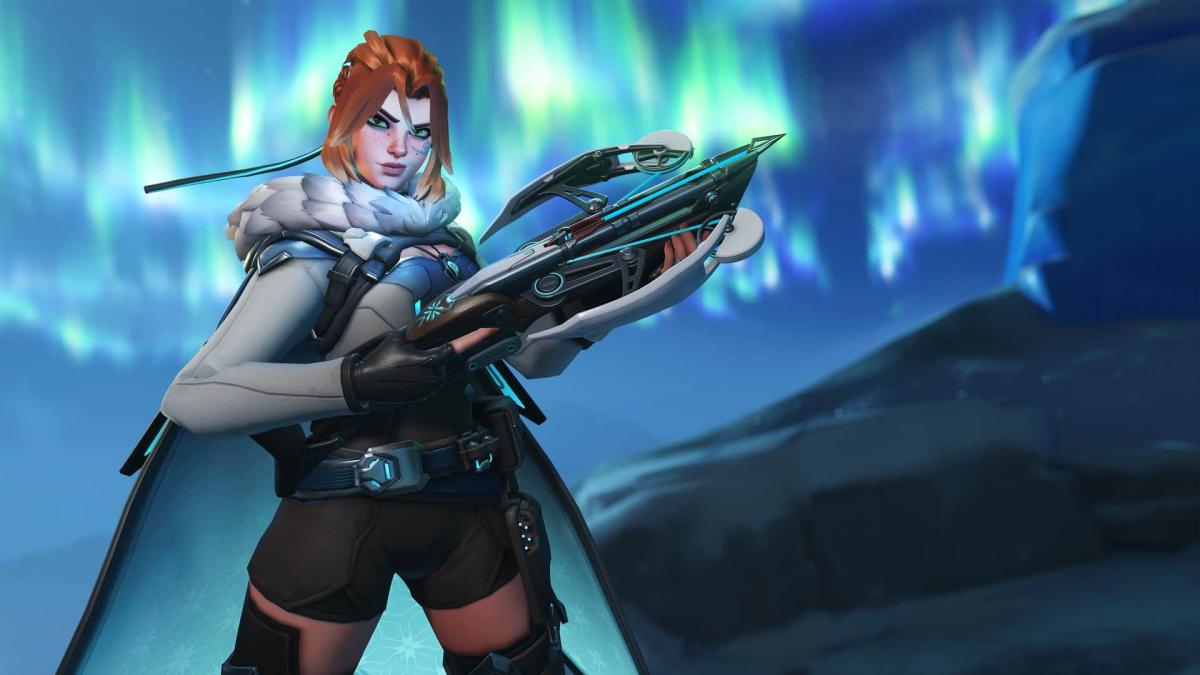
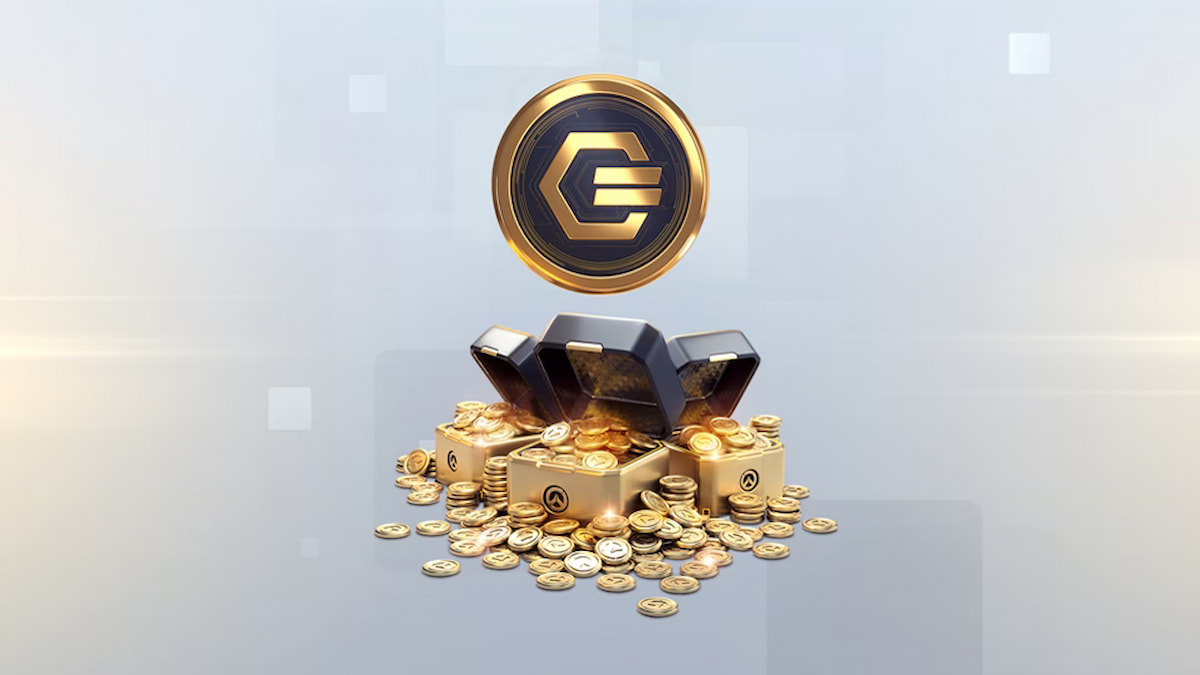

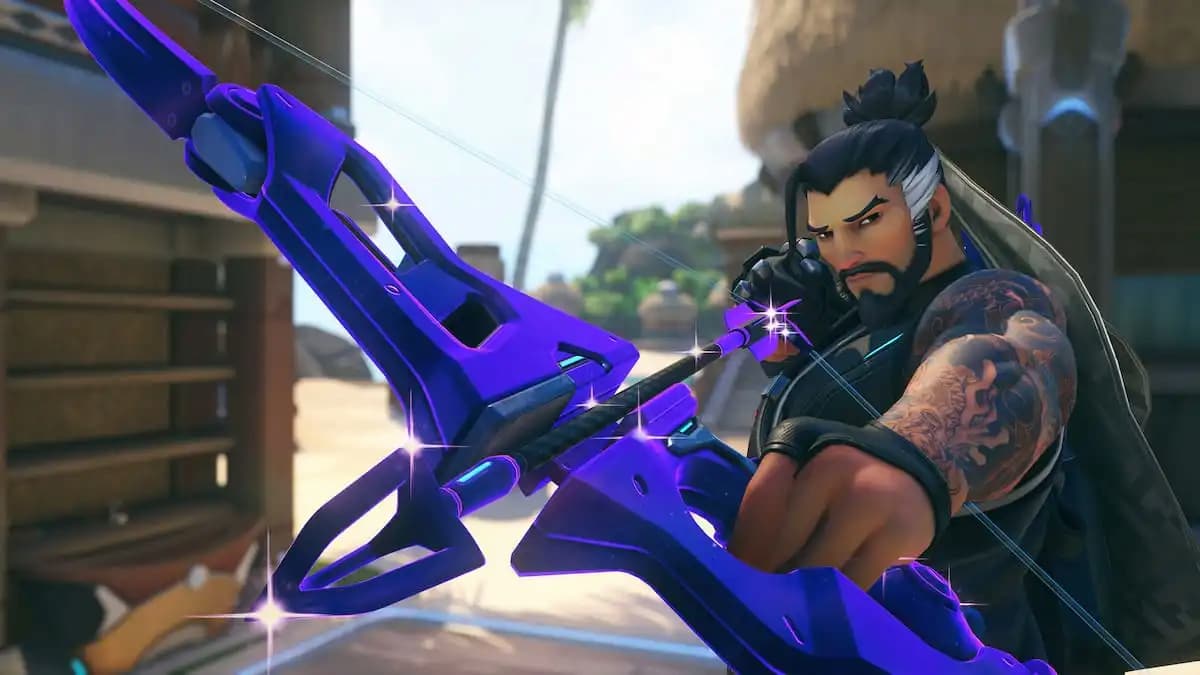

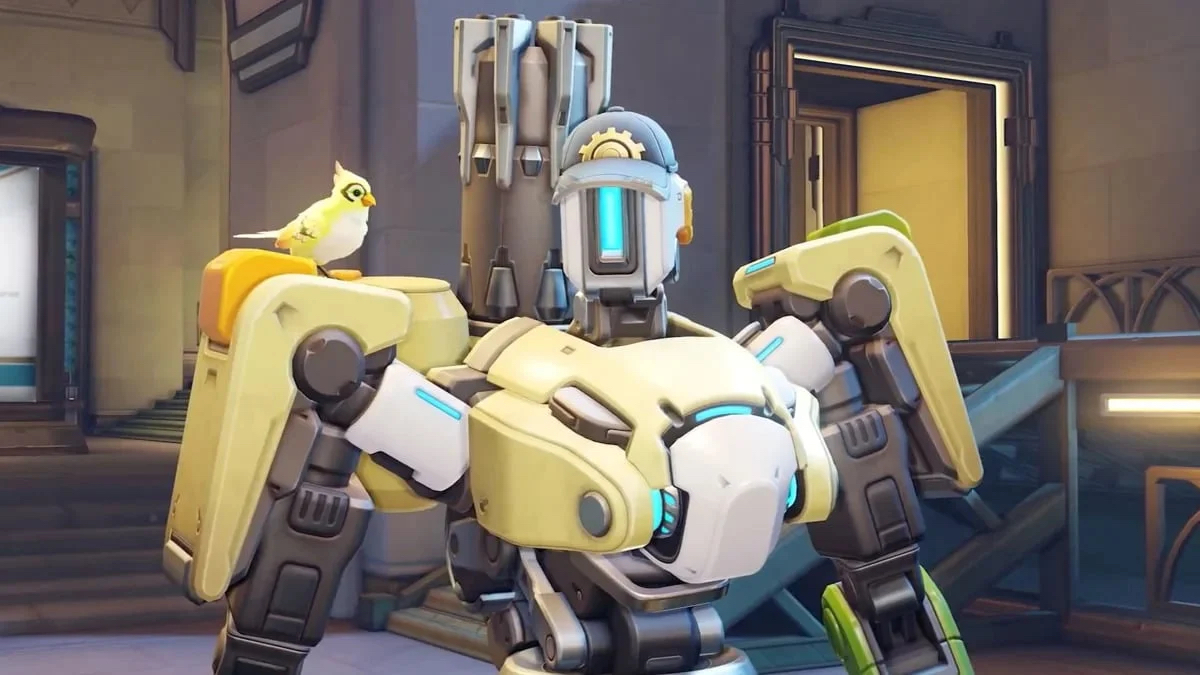
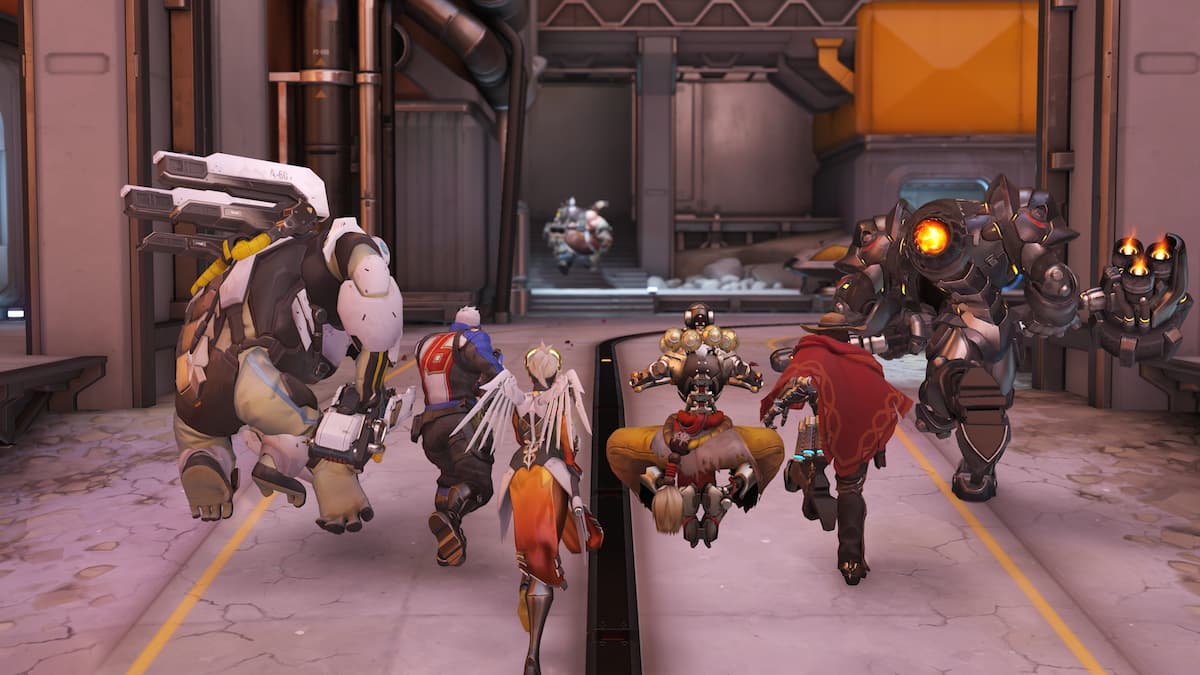

Published: Nov 7, 2019 11:29 am